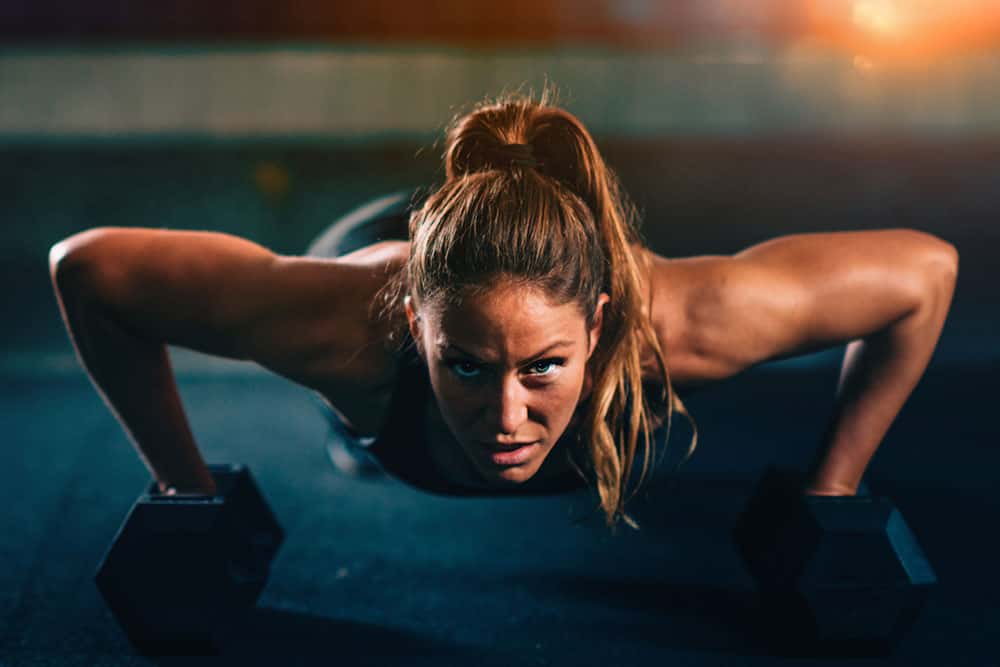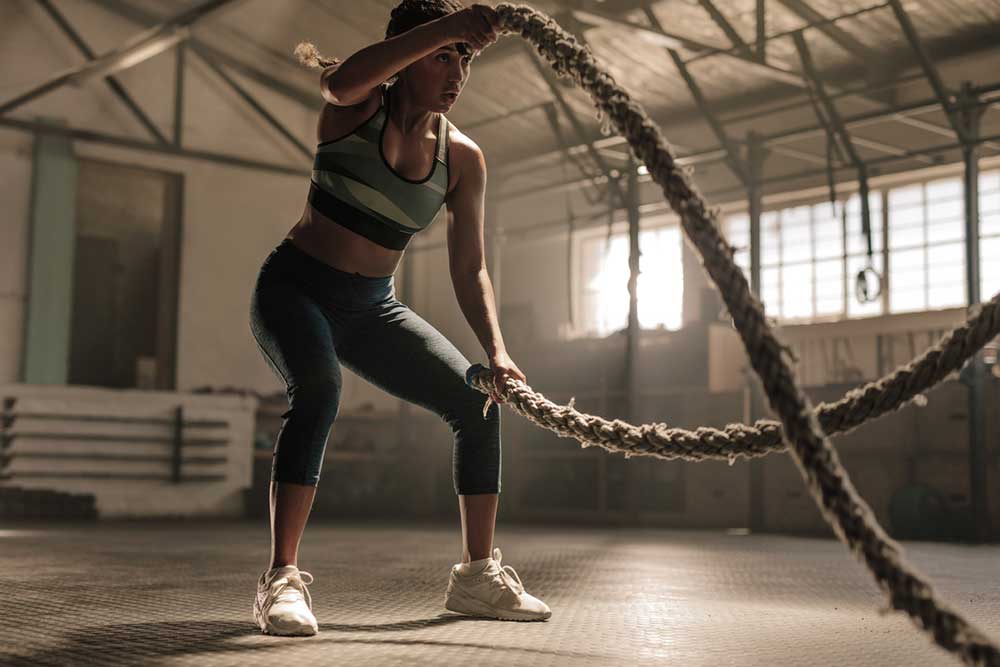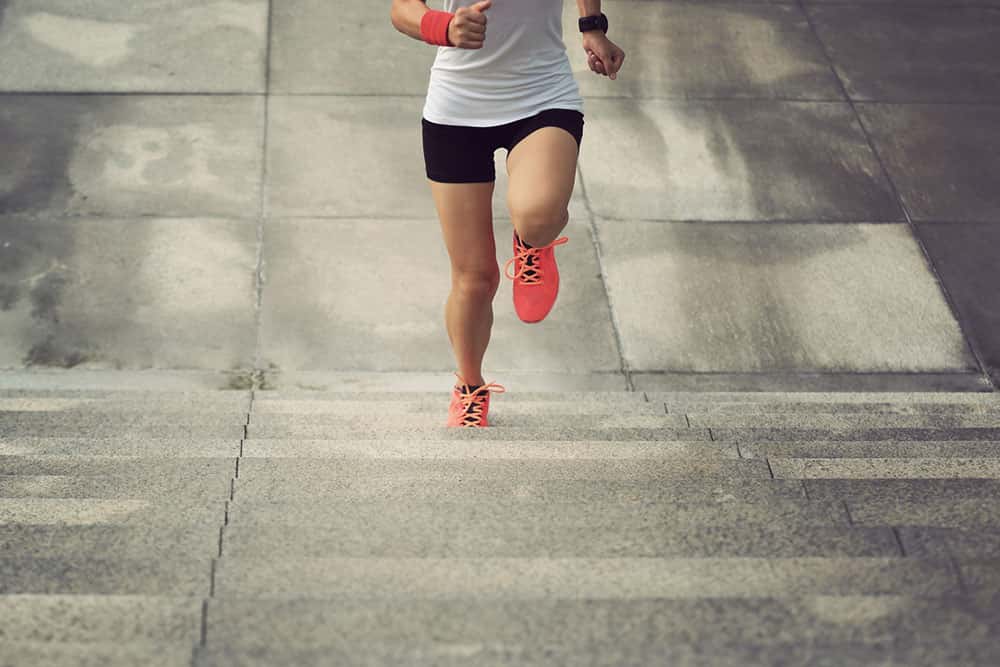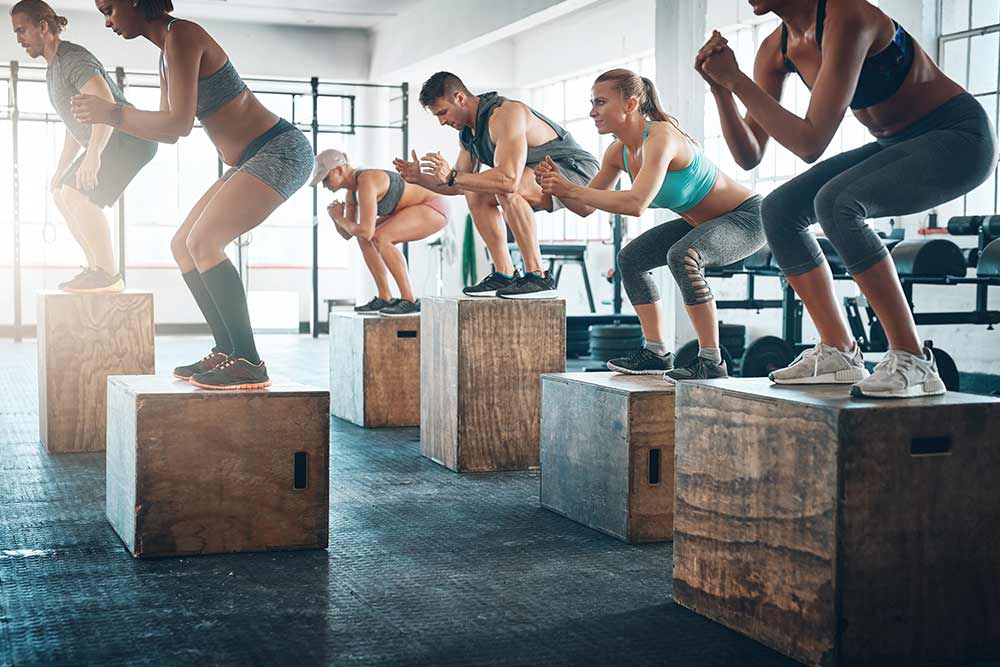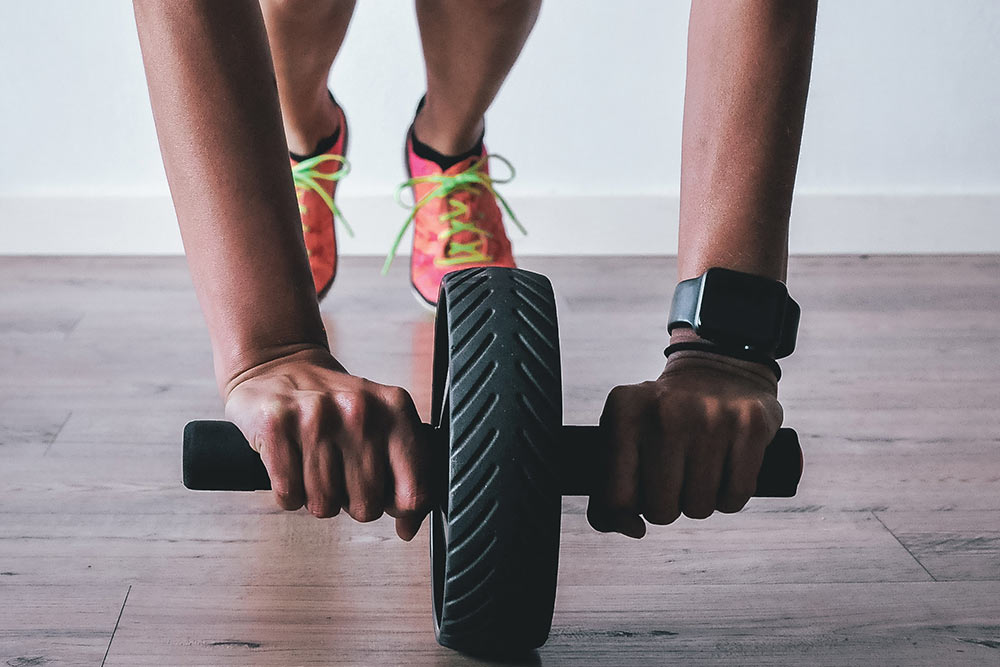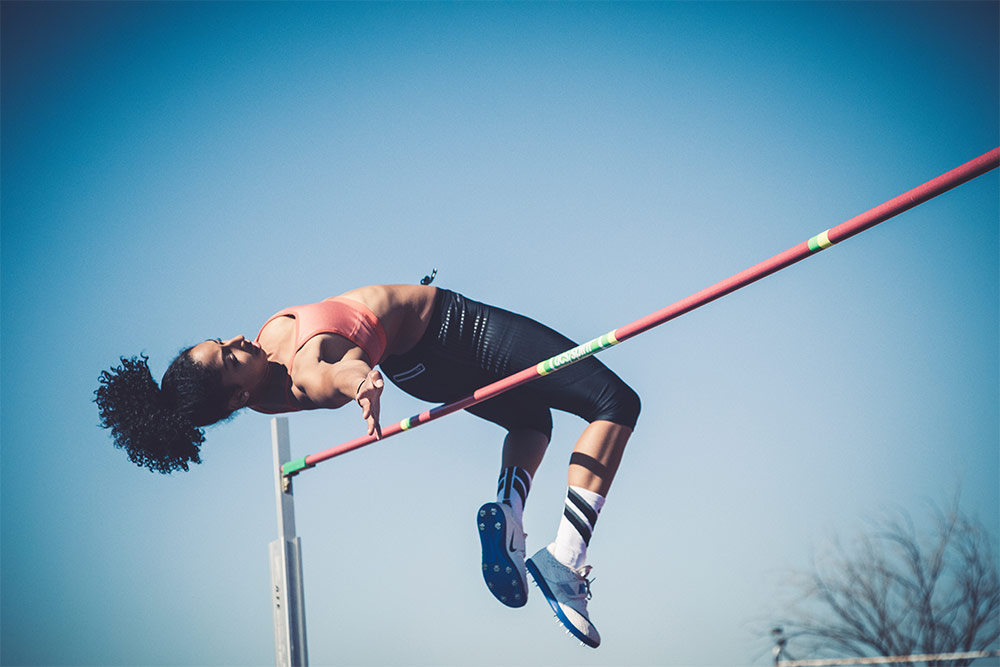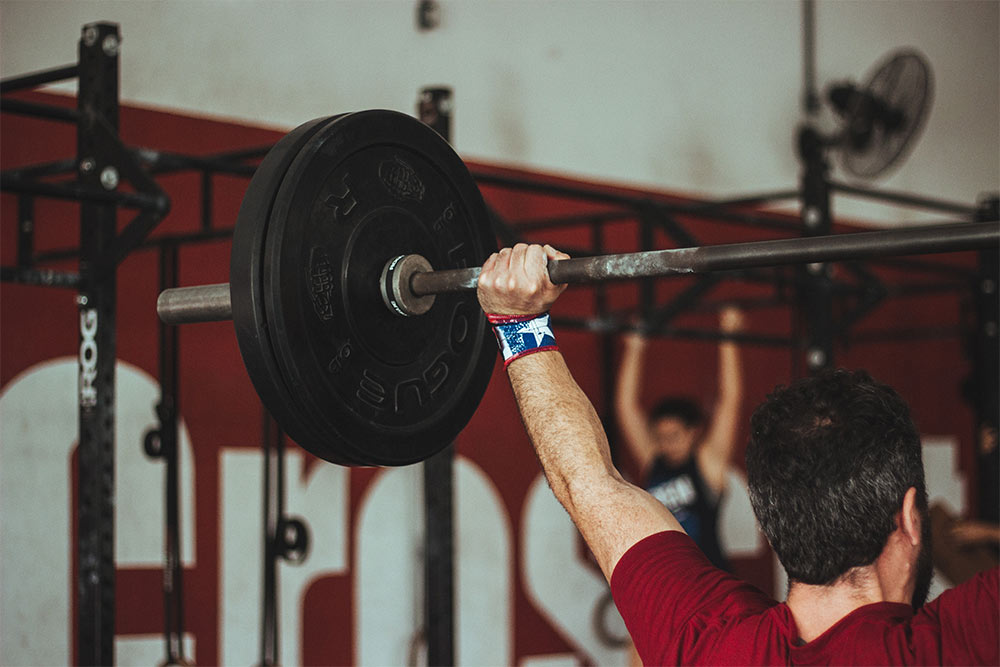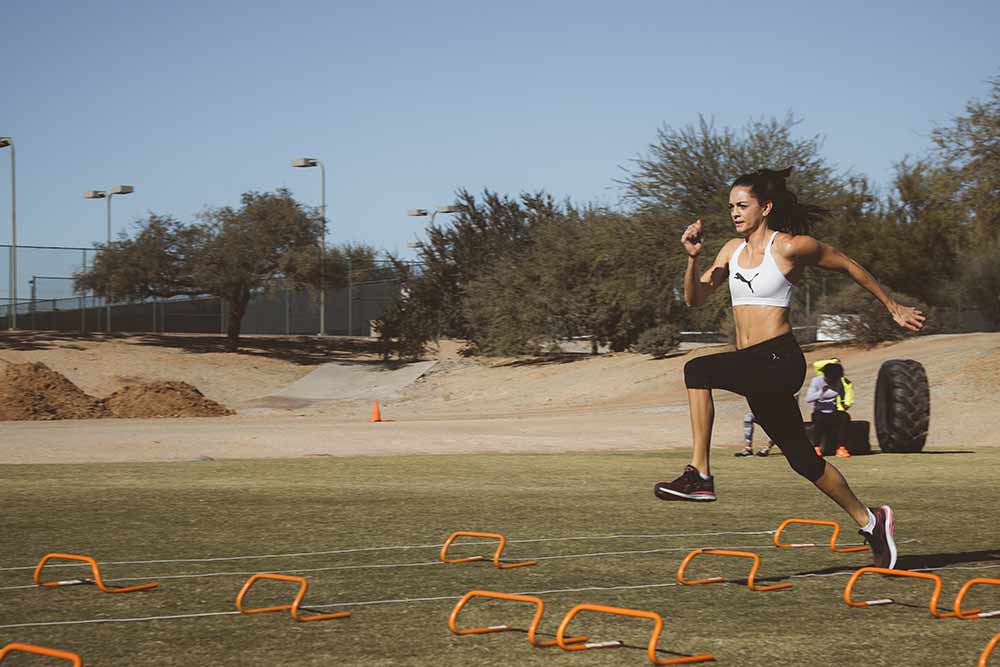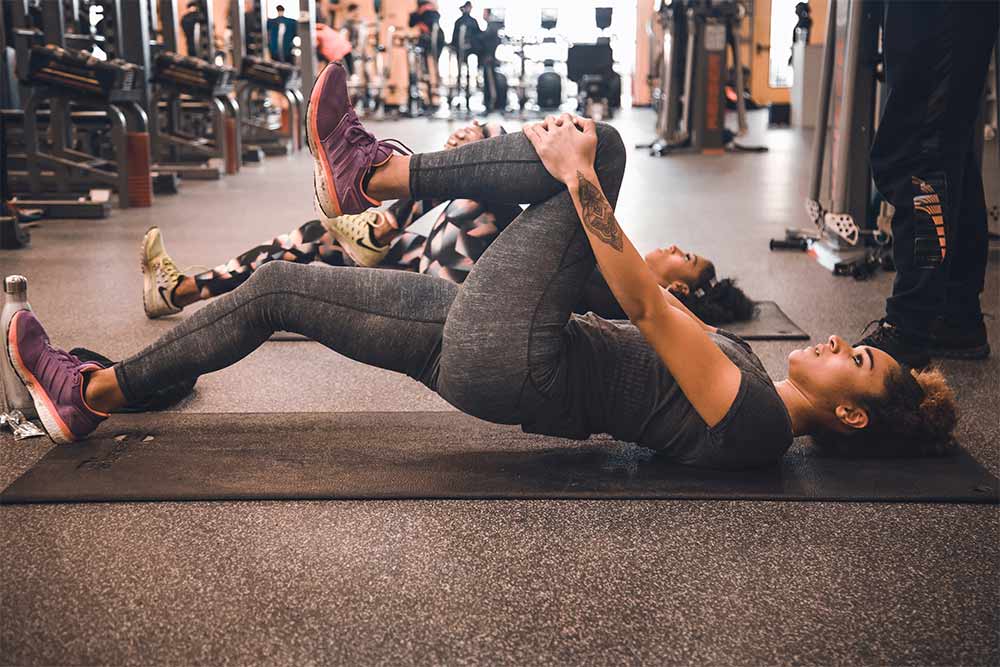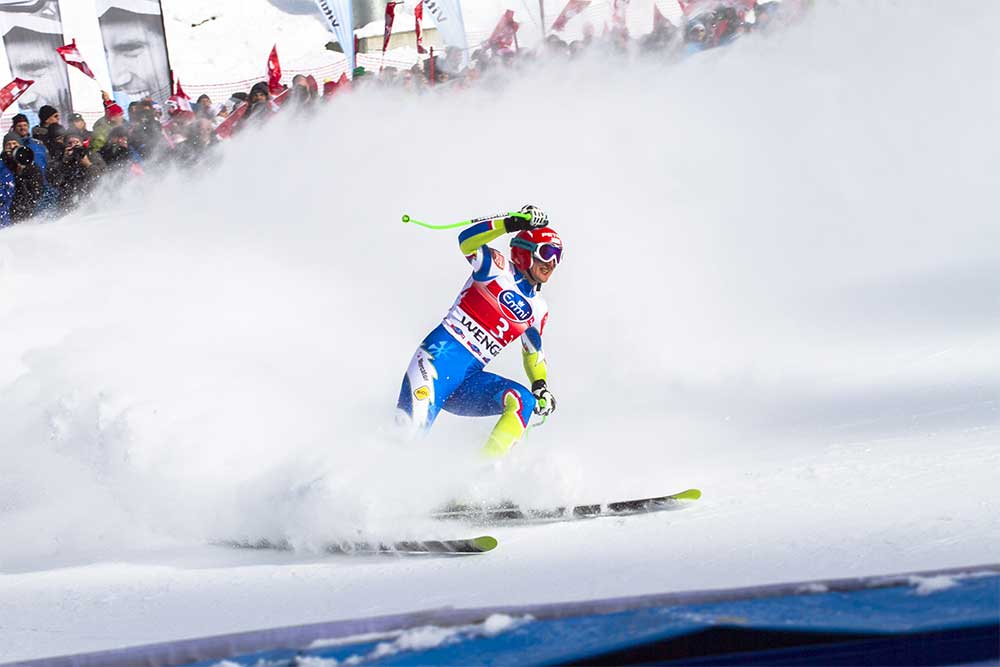Plyometric Vs Skills-Based Conditioning For Volleyball Players: How Each Stacks Up
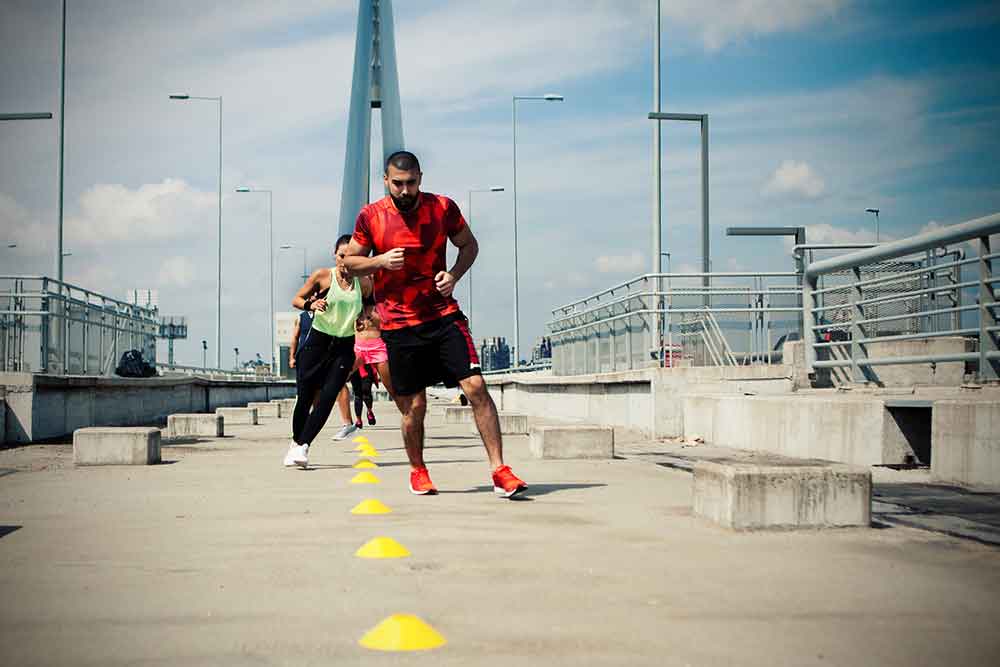
Alyssa Bialowas
 There is a lack of studies on the effectiveness of plyometric training on conditioning capacities in female volleyball players. Volleyball involves repeated jumping, agility in the form of sprinting and changing direction, requires high aerobic power as well as involves strength of the upper and lower body muscles. Athletes, coaches, sport scientists and professionals concerned with training these skills stay up to date with the most effective training methods that lead to improvements in athlete capacity. The debate shifts from a focus on plyometric training versus volleyball skill-based-conditioning, or skill-based training to improve specific athletic abilities. This study compared these two training methods to compare the improvements in conditioning capacities of female senior volleyball players.
There is a lack of studies on the effectiveness of plyometric training on conditioning capacities in female volleyball players. Volleyball involves repeated jumping, agility in the form of sprinting and changing direction, requires high aerobic power as well as involves strength of the upper and lower body muscles. Athletes, coaches, sport scientists and professionals concerned with training these skills stay up to date with the most effective training methods that lead to improvements in athlete capacity. The debate shifts from a focus on plyometric training versus volleyball skill-based-conditioning, or skill-based training to improve specific athletic abilities. This study compared these two training methods to compare the improvements in conditioning capacities of female senior volleyball players.
The Study
50 participants were chosen for this study, all females over the age of 18 whom had played competitive volleyball for at least 8 years prior to the study. Participants were divided into two groups, the plyometric group or the skills based group. The study occurred over a 12-week period, and training protocols were performed twice a week and lasted up to 60 minutes per session.
The plyometric training included a lot of jumping exercises for the lower body, such as leg hops, vertical jumps; tuck jumps, and lateral and diagonal jumps. It also included a lot of throwing exercises for the upper body, such as explosive push-ups, clapping push-ups, and medicine ball throws. The exercises in the first 5 weeks of the training session were performed at low to moderate intensity, and higher intensity exercises were introduced by week 6, and steadily increased through to week 12.
The skills based conditioning included volleyball drills, such as digging, spiking and blocking drills. Additionally in the training, small-sided games such as 3 vs. 3 on court at moderate to high intensity, and real-game drills at the standard 6 vs. 6, with break times kept at 1-2 minutes to imply higher intensity of the training. The skills based conditioning group participated in these drills for the same duration of the plyometric group, which totaled 12 weeks.
Related Article: Maximize Performance With Plyometrics & HIIT
The Results
The participants in both groups experienced improvements in throwing and jumping capacities, but the improvements were larger in the plyometric-conditioning group. The plyometric group significantly reduced body mass, improved their performance in 20-meter sprints, significantly improved in their medicine ball toss capacity, as well as their vertical counter movement jump. The skills based conditioning group did not see a decrease in body mass, which can be said that the players involved were highly familiar with the exercises already being performed in the study.
Takeaway
The plyometric conditioning group experienced greater improvements to their throwing, jumping, sprinting, and decreased their body mass. The skills based conditioning group experienced similar workload and energy training demands as their normal volleyball training and conditioning, meaning that there were low metabolic costs and low energy expenditure related to their training.
In terms of training for specific training capacities for specific sports, plyometric training is seen to be more beneficial than skills-based conditioning in elite female volleyball players. Skills based conditioning provides a solid developmental base, but the best improvements for volleyball specific skills are seen after multiple weeks of plyometric training.
Related Article: How HIIT Can Improve Cardiovascular Function
You Might Like:
Can HIIT Improve Mental Health?
High intensity interval training (or HIIT for short) has fast become one of the most common forms of exercise on the planet. Used by athletes and regular gym goers alike, it has been applauded for...How to Incorporate HIIT in Every Workout
Over the last few years, high-intensity exercise modalities have become super popular. Think about the rise of CrossFit or even the creation of Orange Theory. Both of these workouts are incredibly popular, and both incredibly...The Effects of Sleep Quality and HIIT
Moji Kaviani Quality of sleep appears to be positively associated with both physical and psychological health (Halson, 2016; Lastella et al., 2012). Therefore, numerous studies examined the relationship between physical activity and sleep suggesting that...What is a High-Intensity Interval Training (HIIT) Workout Anyway?
Evan Stevens High-Intensity Interval Training (HIIT) is a huge ‘hit’ with exercise researchers and the general population alike. It is less time consuming and can imbue the same if not more benefits as traditional exercises...5 High-Intensity Interval Training Mistakes Athletes Make
Alyssa Bialowas High-intensity interval training (HIIT) is one of the hottest fitness trends right now, and because of this, many people have put their own spin on it to try and make it their own....5 Ways HIIT Improves Fitness in Women
Alyssa Bialowas Research poll after research poll, male and female adults express that one of the biggest barriers they face to frequent exercise is lack of time. One common assumption is that exercise and physical...Reference
Gjinovci, B., Idrizovic, K., Sekulic, D., & Uljevic, O. (2017). “Plyometric Training
Improves Sprinting, Jumping and Throwing Capacities of High Level Female
Volleyball Players Better Than Skill-Based Conditioning.” Journal of Sports
Science and Medicine, 16, 527-535.




